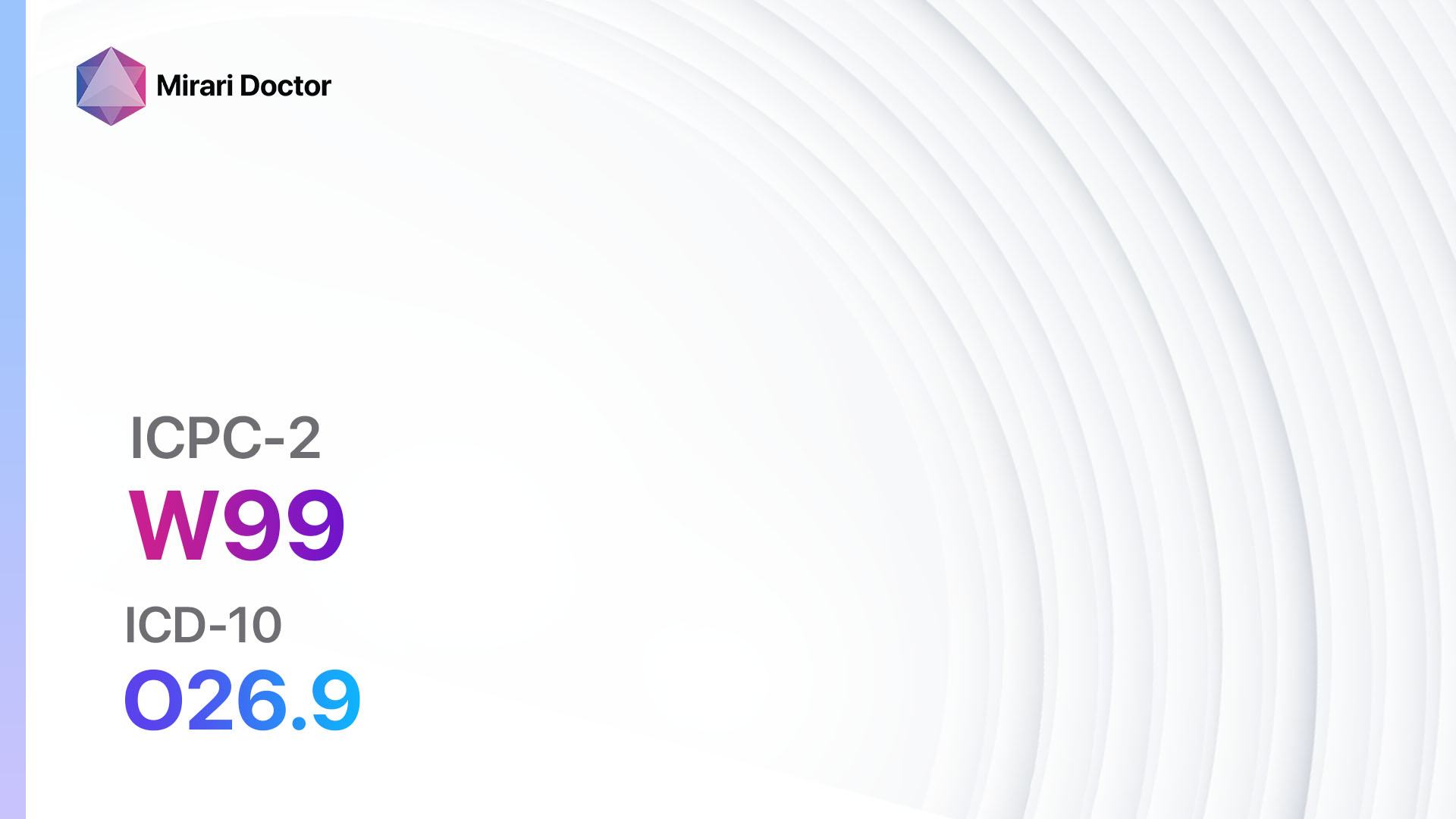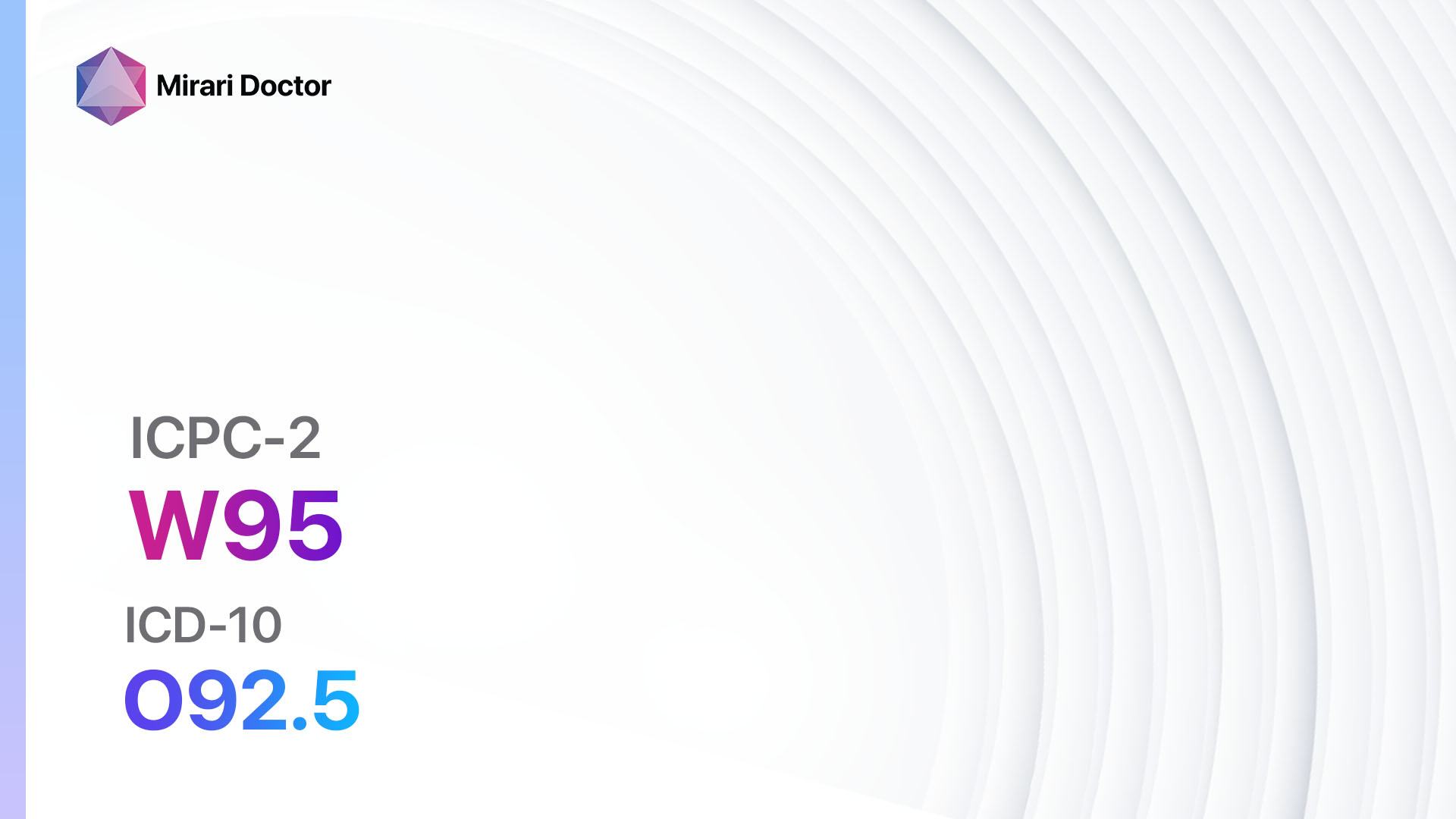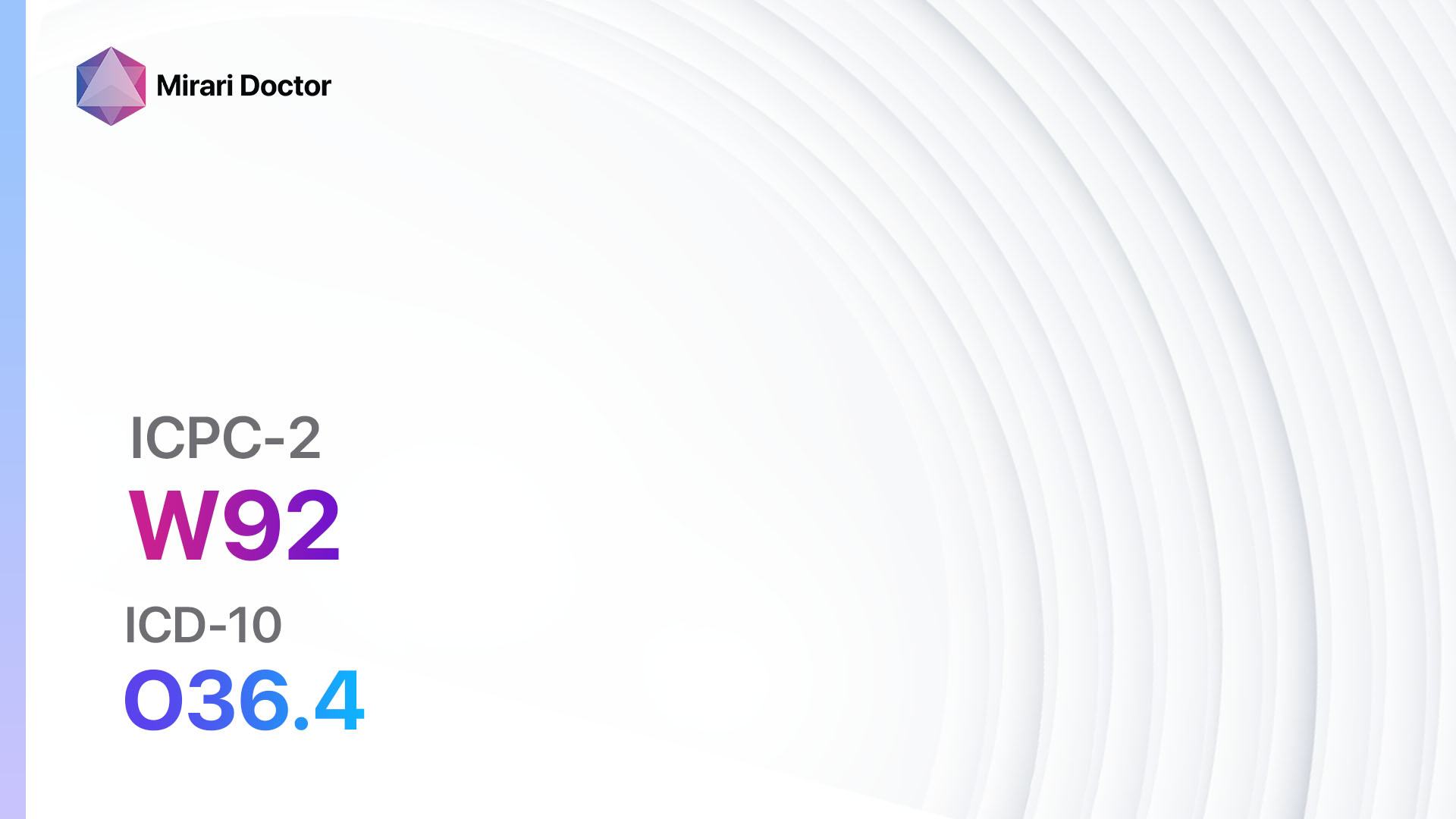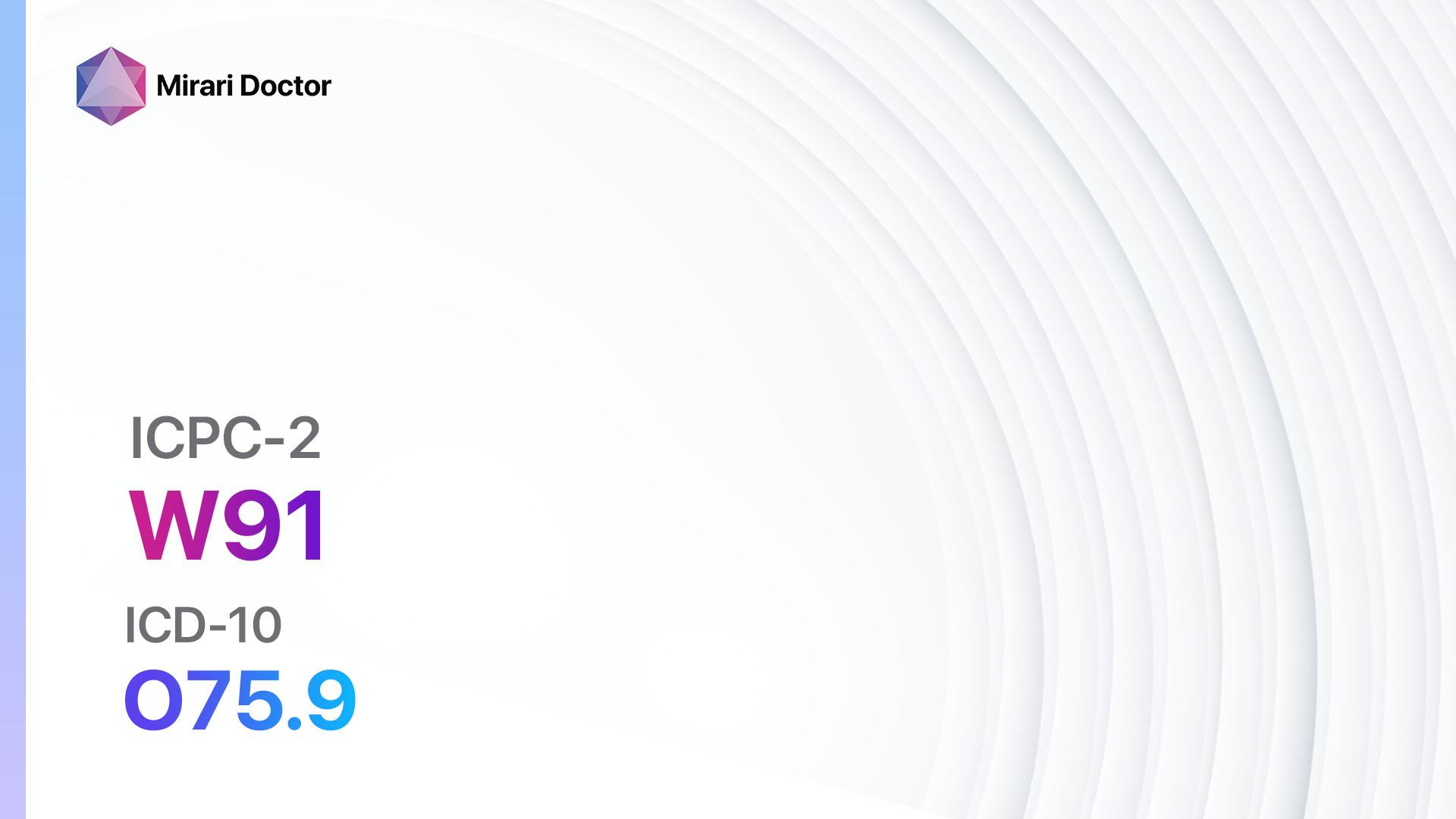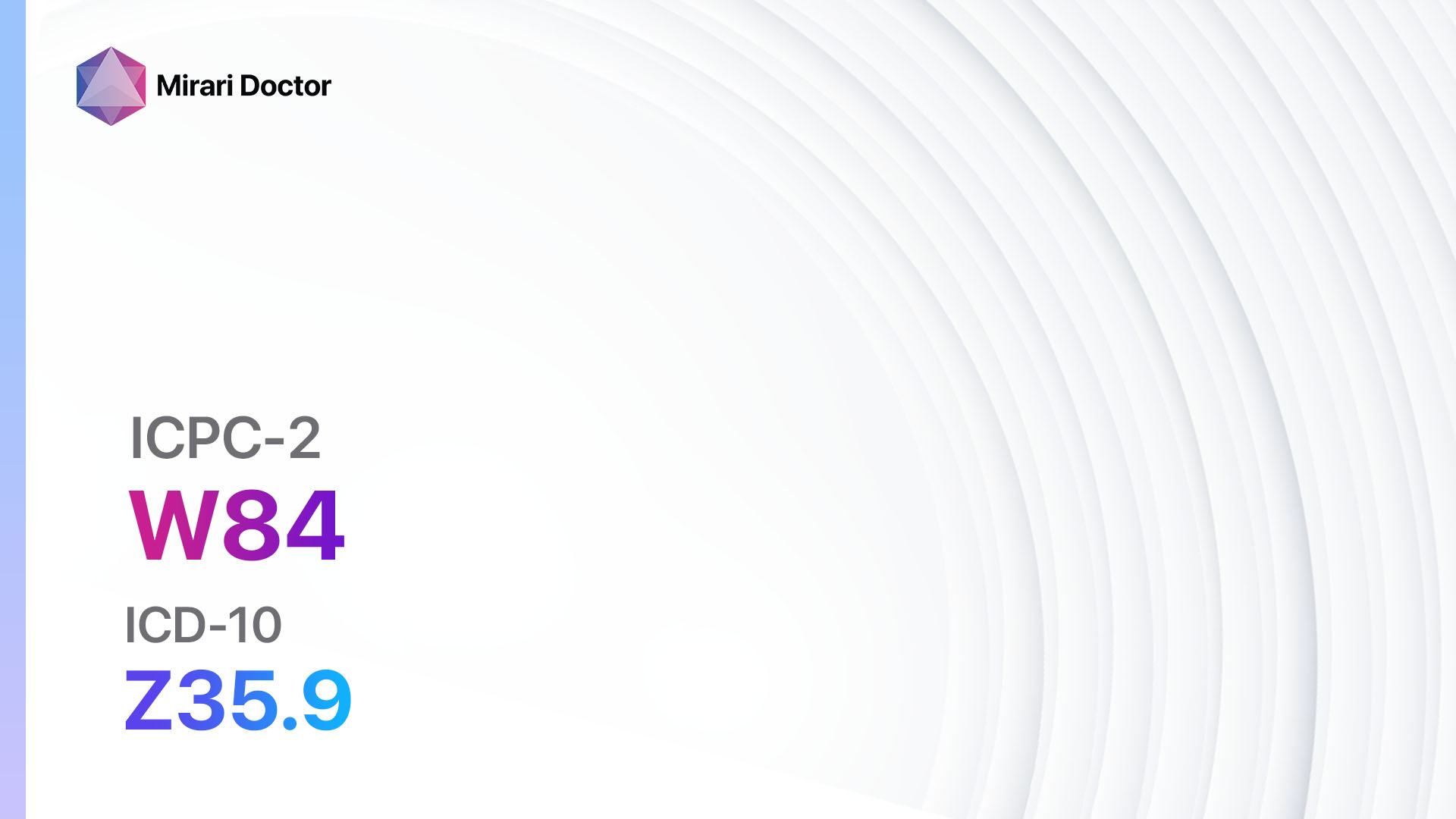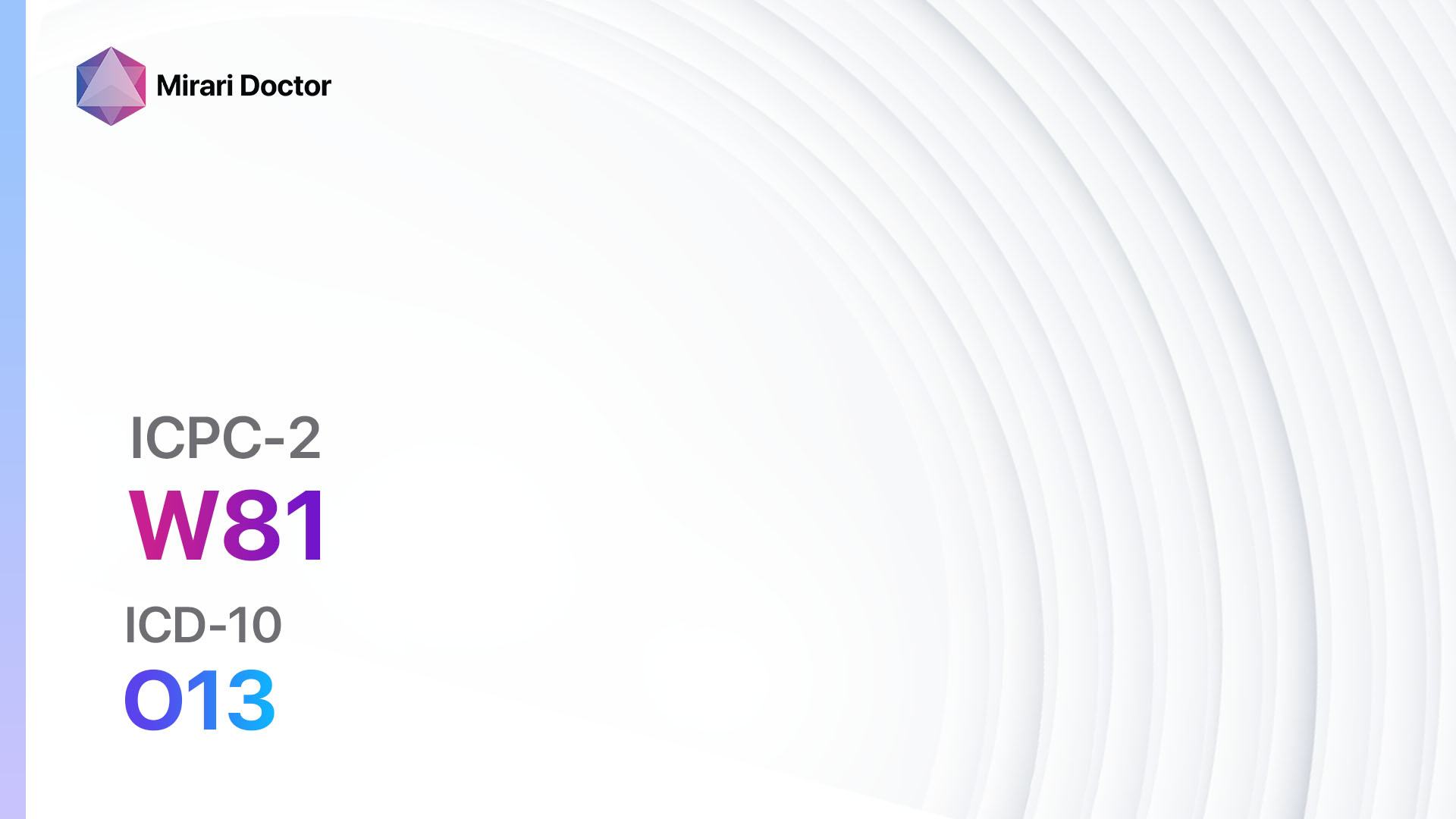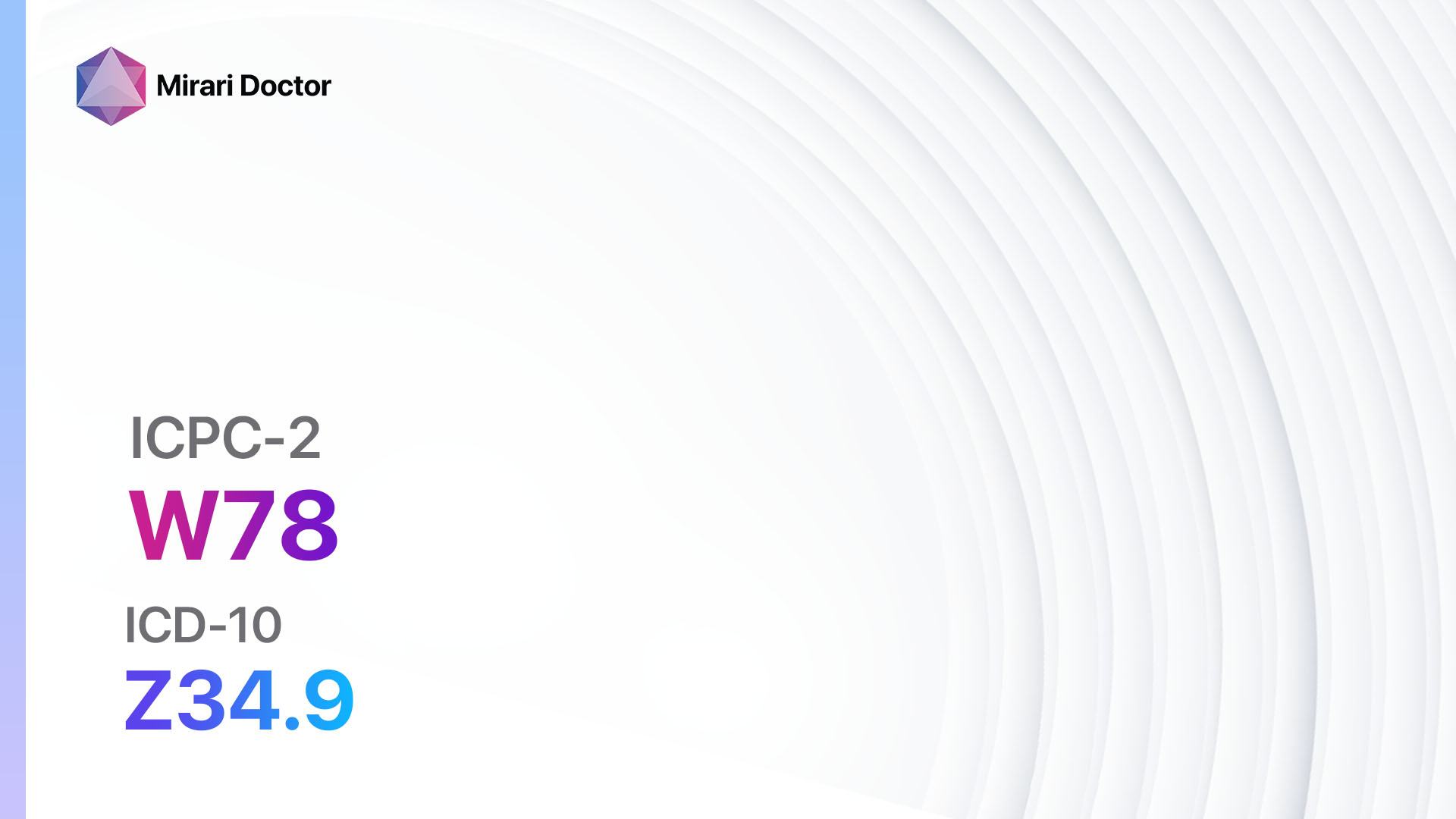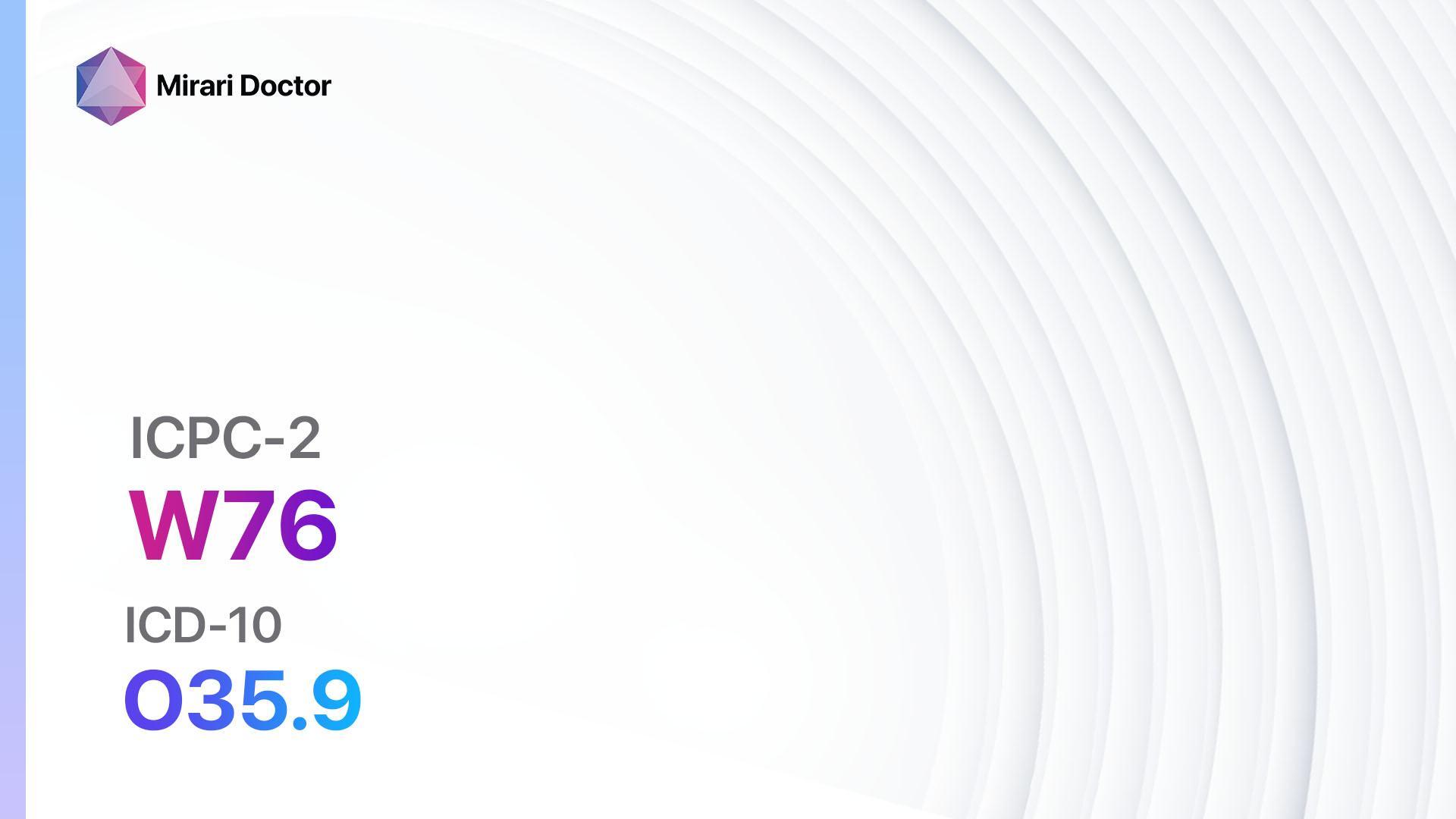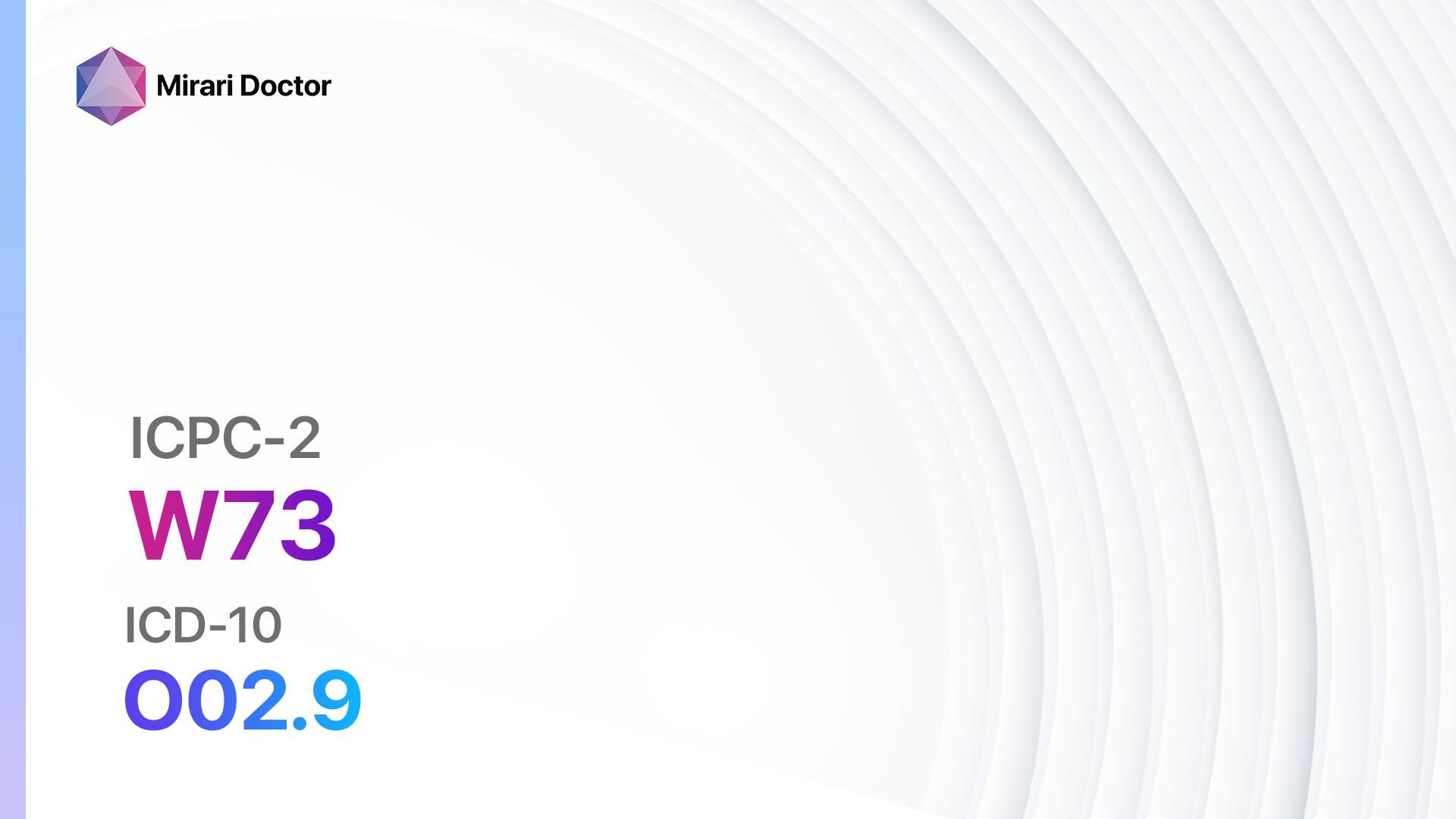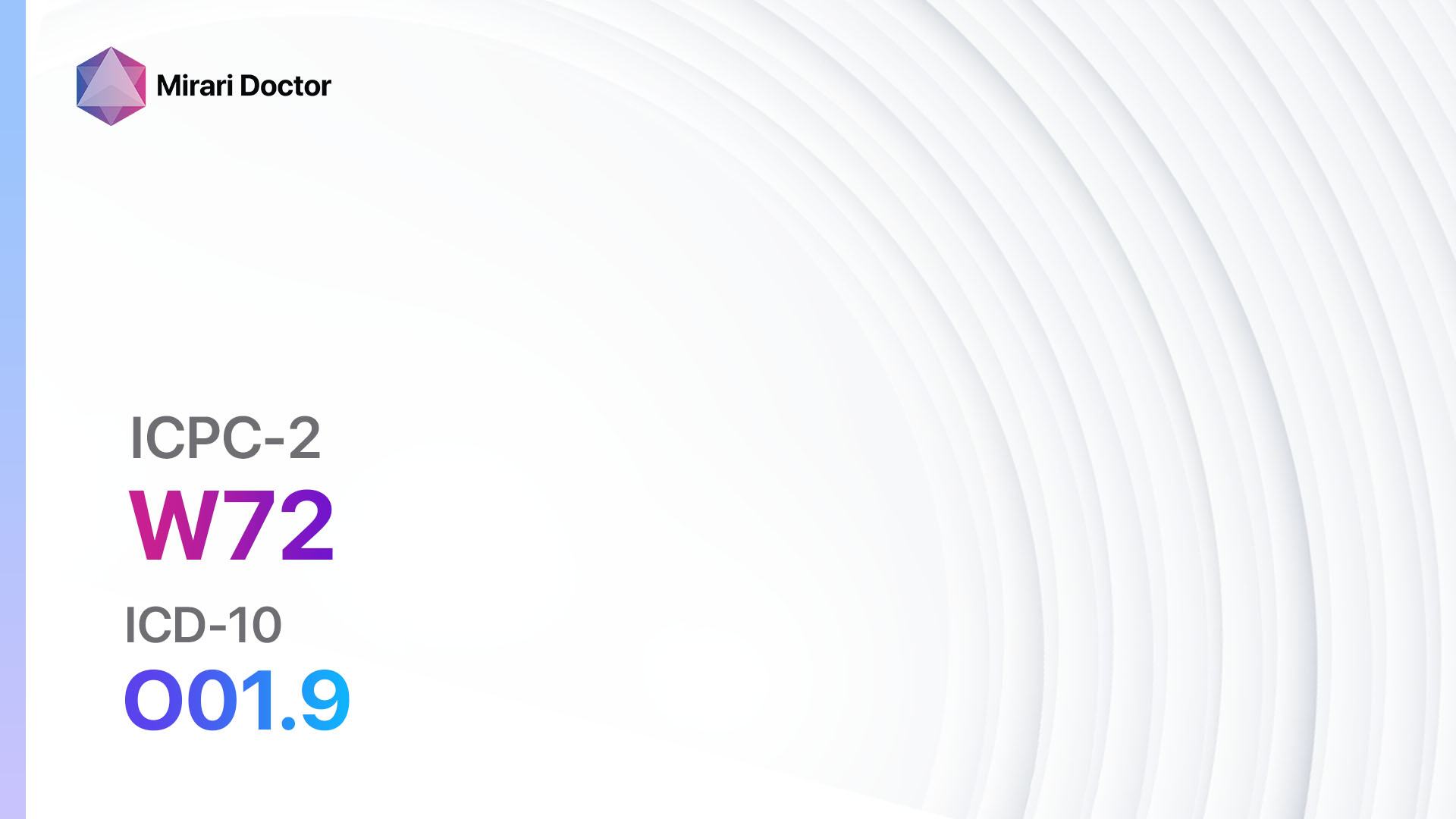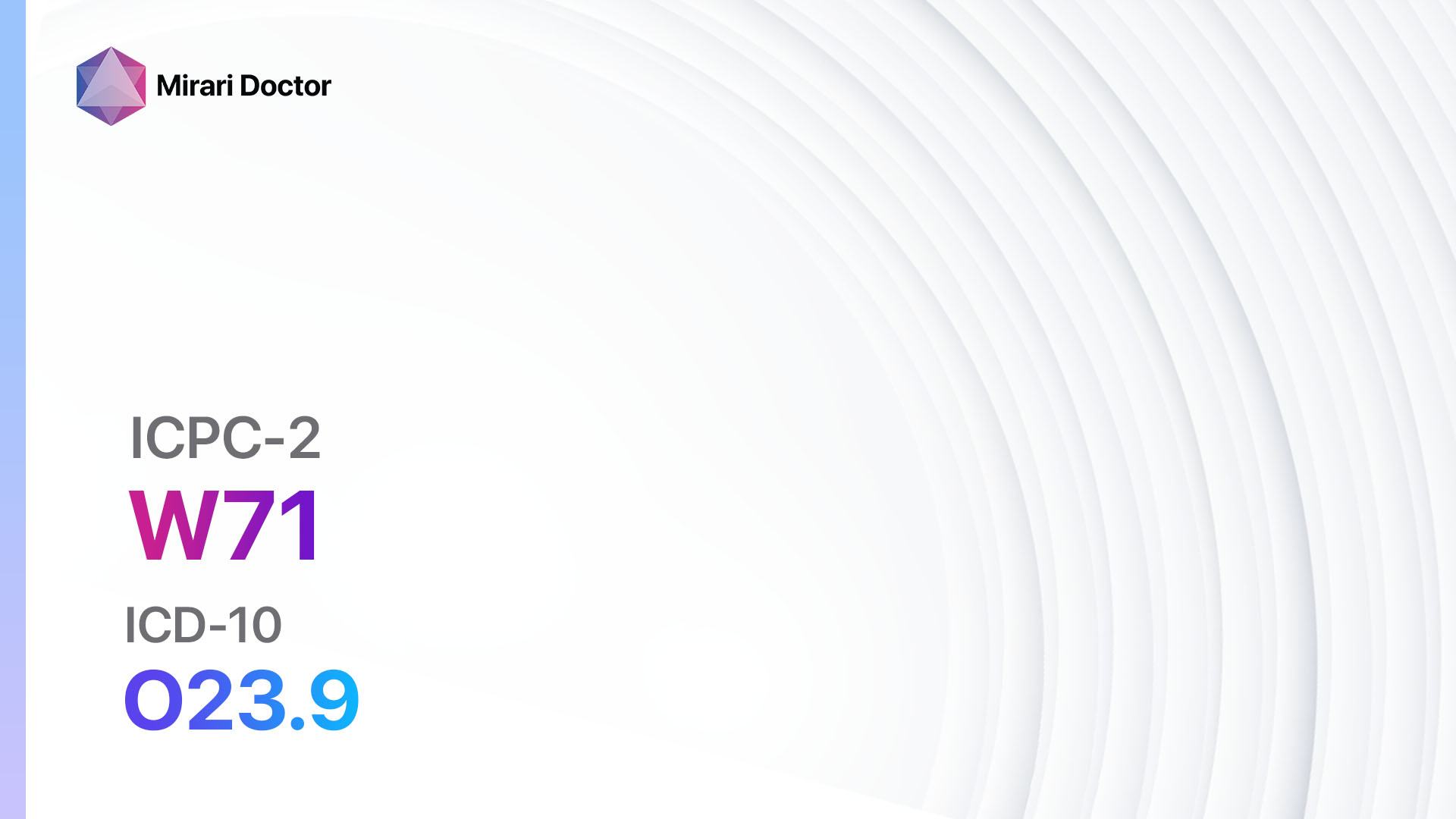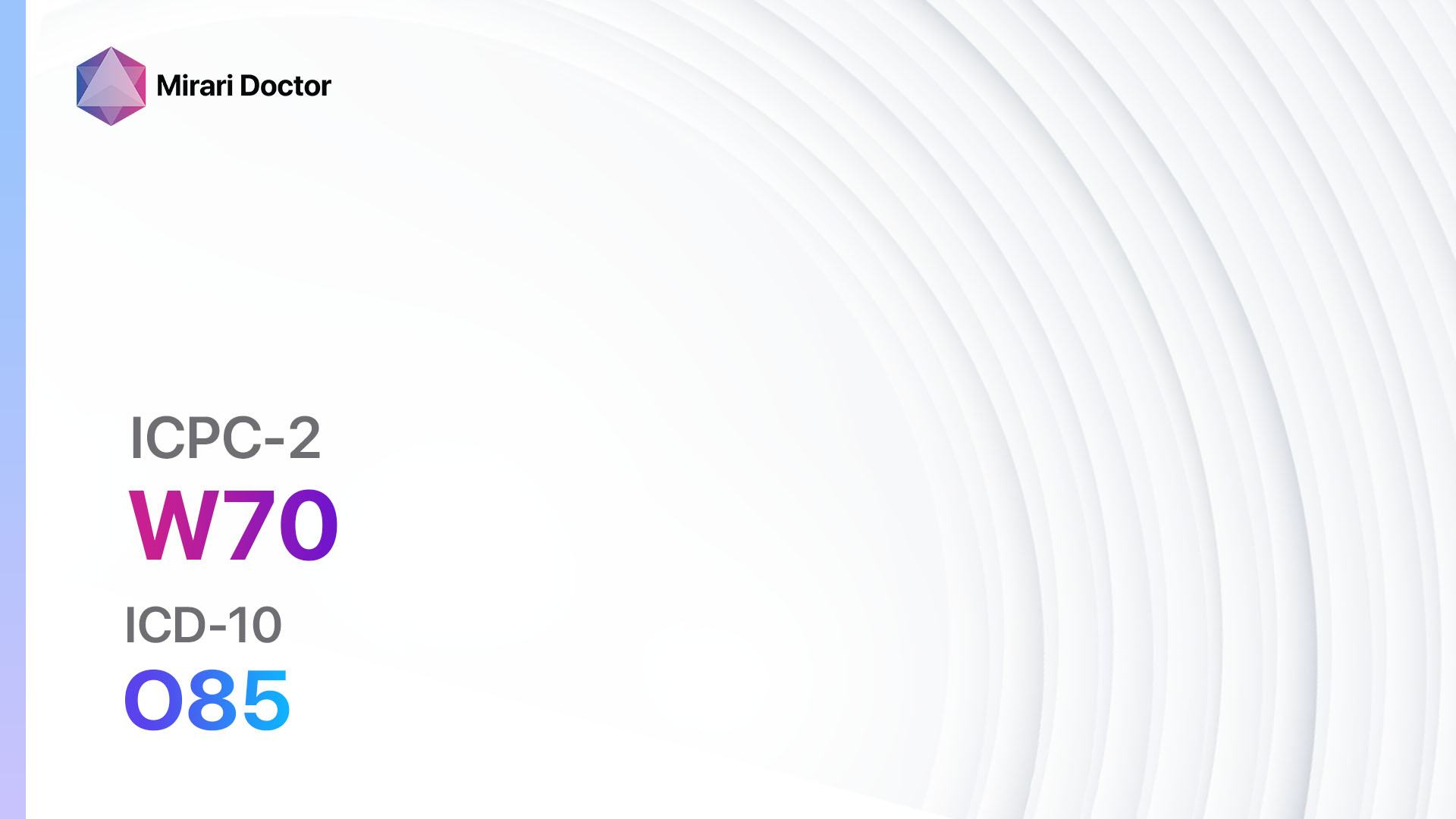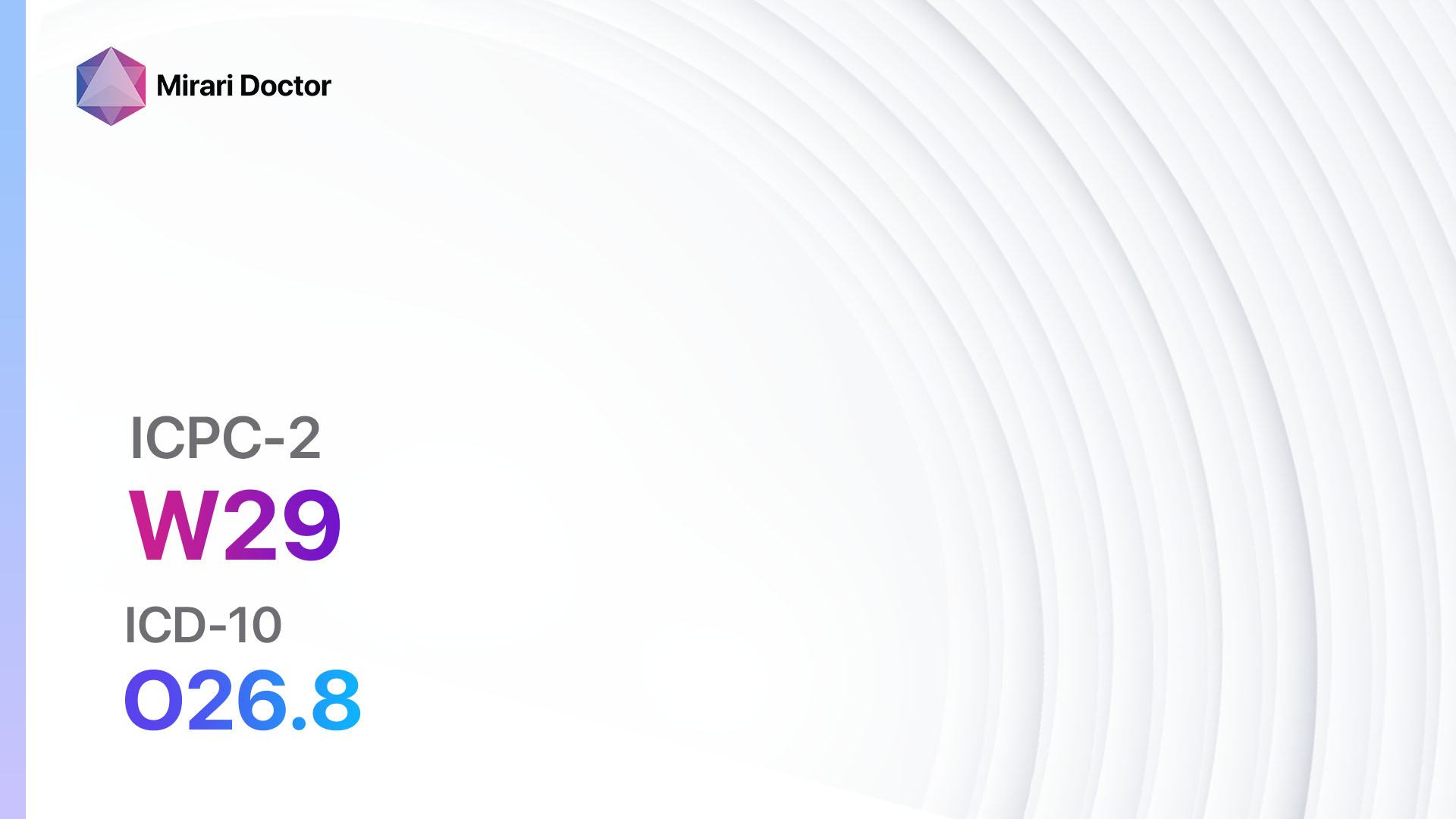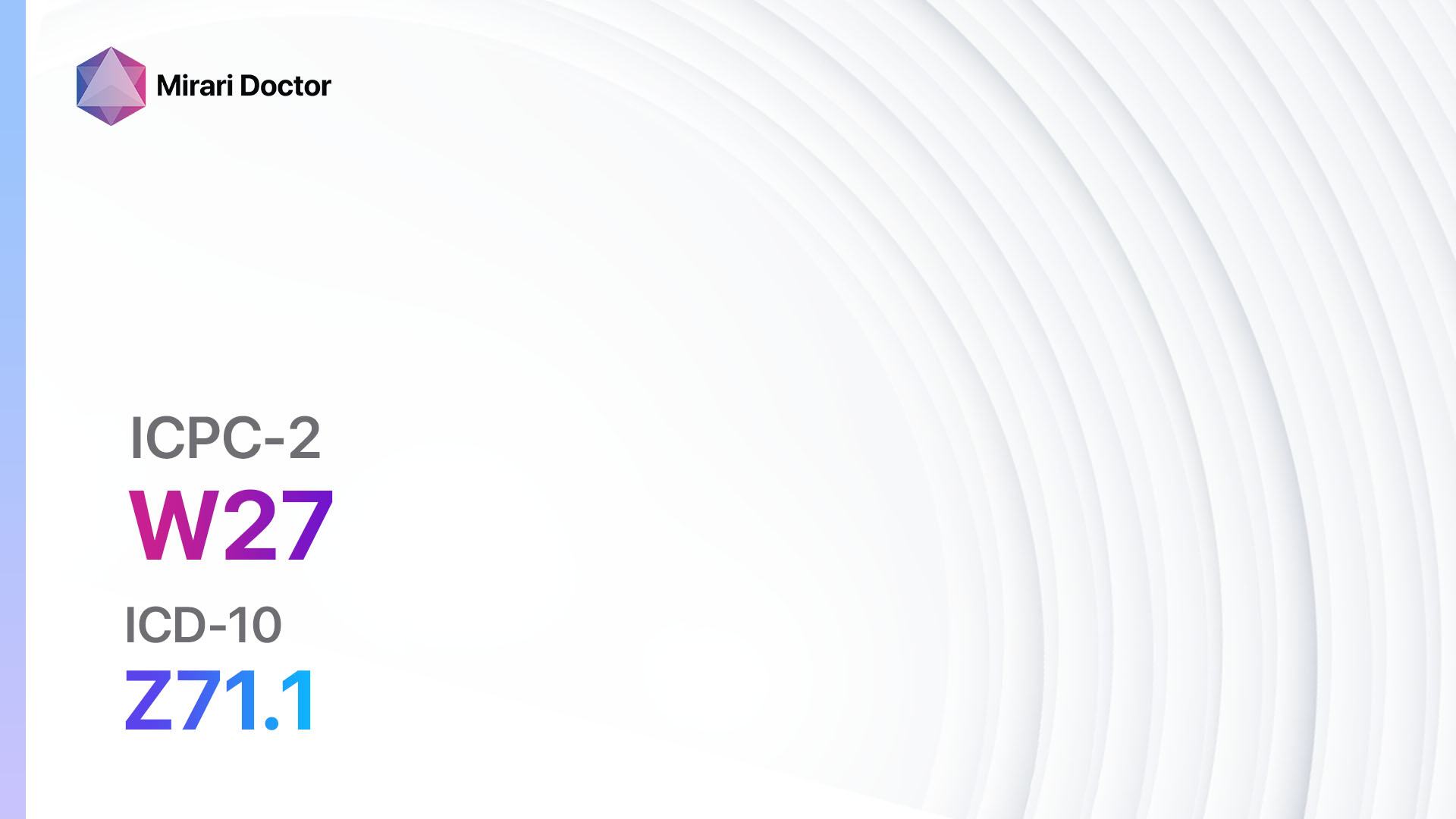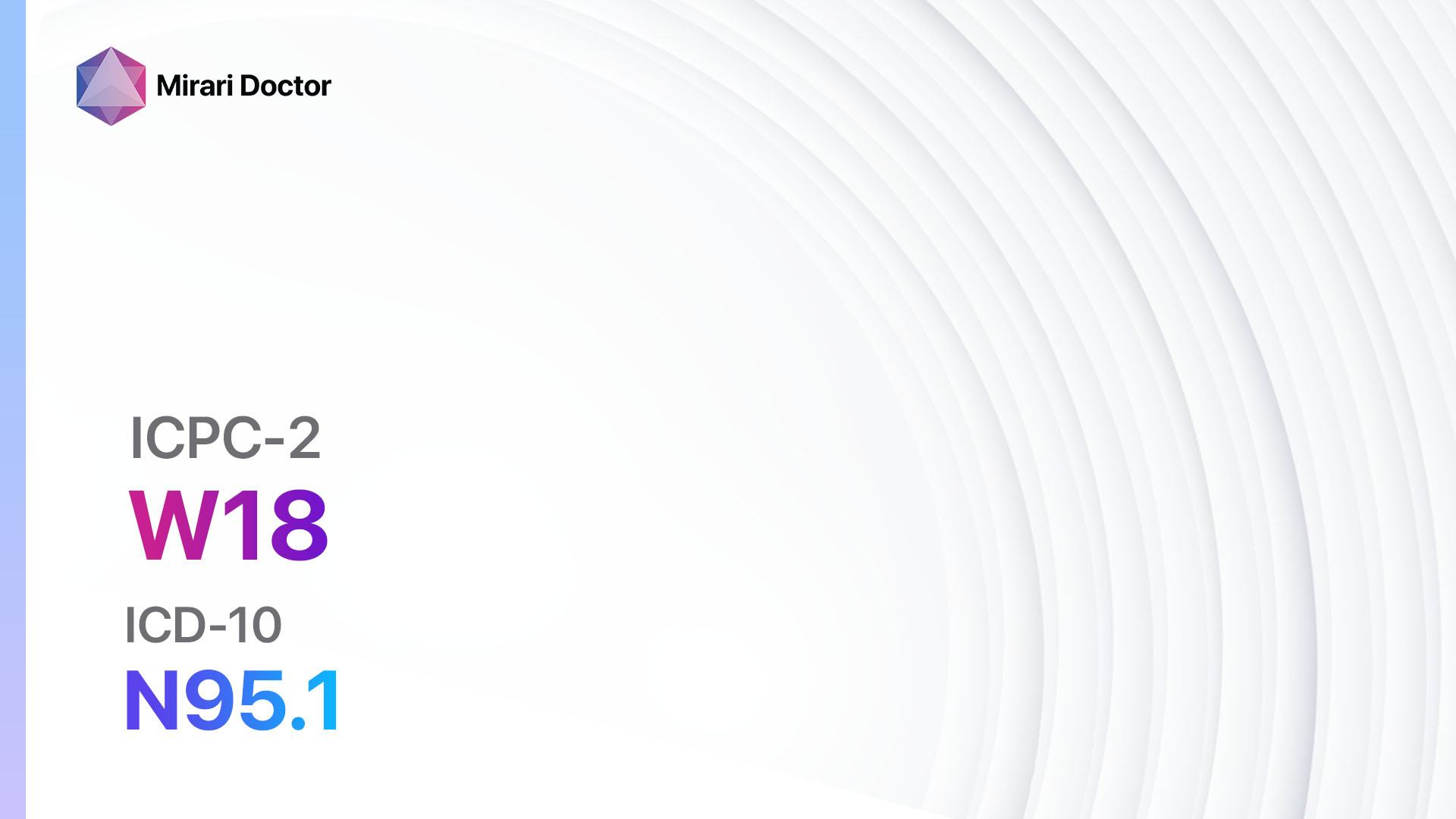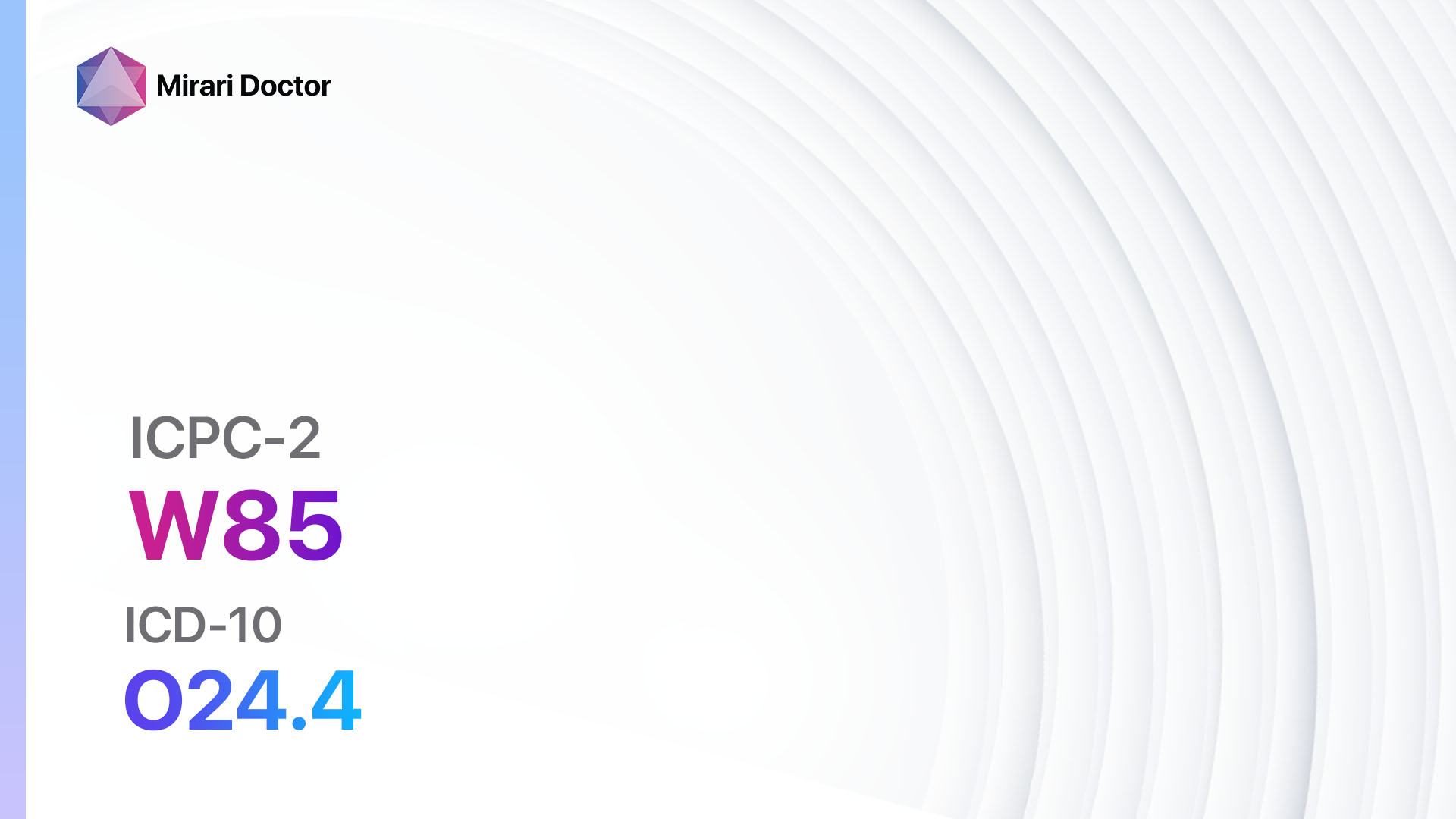
Introduction
Gestational diabetes is a condition characterized by high blood sugar levels that occur during pregnancy. It affects approximately 2-10% of pregnant women and can have significant implications for both the mother and the baby.[1] The aim of this guide is to provide healthcare professionals with a comprehensive overview of the diagnosis and management of gestational diabetes.
Codes
Symptoms
- Increased thirst
- Frequent urination
- Fatigue
- Nausea
- Blurred vision[2]
Causes
- Hormonal changes during pregnancy that can interfere with insulin production and utilization
- Increased insulin resistance
- Genetic predisposition[3]
Diagnostic Steps
Medical History
- Gather information about the patient’s risk factors, such as family history of diabetes, previous history of gestational diabetes, obesity, and polycystic ovary syndrome (PCOS)
- Assess the patient’s medical conditions, including hypertension and cardiovascular disease
- Inquire about symptoms related to gestational diabetes, such as increased thirst, frequent urination, and fatigue[4]
Physical Examination
- Measure the patient’s blood pressure
- Assess the patient’s weight and body mass index (BMI)
- Look for signs of insulin resistance, such as acanthosis nigricans (darkened patches of skin)[5]
Laboratory Tests
- Oral glucose tolerance test (OGTT): The patient is given a glucose drink and blood samples are taken at specific intervals to measure blood sugar levels. Diagnostic criteria include fasting plasma glucose ≥92 mg/dL, 1-hour plasma glucose ≥180 mg/dL, or 2-hour plasma glucose ≥153 mg/dL.[6]
- Hemoglobin A1c (HbA1c): This test measures the average blood sugar levels over the past 2-3 months. A value of ≥5.7% is suggestive of gestational diabetes.[7]
- Random blood sugar test: A blood sample is taken at any time to measure blood sugar levels. A value of ≥200 mg/dL suggests gestational diabetes.[8]
Diagnostic Imaging
- No specific imaging modalities are used for the diagnosis of gestational diabetes.
Other Tests
- None
Follow-up and Patient Education
- Schedule regular follow-up appointments to monitor blood sugar levels and assess the effectiveness of treatment
- Provide education on blood sugar monitoring, healthy eating, physical activity, and the importance of medication adherence
- Offer support and resources for managing stress and emotional well-being during pregnancy[9][10]
Possible Interventions
Traditional Interventions
Medications:
Top 5 drugs for Gestational diabetes:
- Insulin:
- Cost: Varies depending on the type of insulin and insurance coverage.
- Contraindications: Hypoglycemia, hypersensitivity to insulin.
- Side effects: Hypoglycemia, injection site reactions.
- Severe side effects: Severe hypoglycemia, allergic reactions.
- Drug interactions: None.
- Warning: Regular blood sugar monitoring required.
- Metformin:
- Cost: Generic versions can be $4-$20/month.
- Contraindications: Renal impairment, liver disease.
- Side effects: Nausea, diarrhea, abdominal discomfort.
- Severe side effects: Lactic acidosis, allergic reactions.
- Drug interactions: Cimetidine, carbonic anhydrase inhibitors.
- Warning: Regular renal function tests required.
- Glyburide:
- Cost: Generic versions can be $4-$20/month.
- Contraindications: Severe hepatic impairment, hypersensitivity to sulfonylureas.
- Side effects: Hypoglycemia, nausea, dizziness.
- Severe side effects: Severe hypoglycemia, allergic reactions.
- Drug interactions: Beta-blockers, NSAIDs.
- Warning: Regular blood sugar monitoring required.
- Glargine:
- Cost: Varies depending on the brand and insurance coverage.
- Contraindications: Hypoglycemia, hypersensitivity to insulin glargine.
- Side effects: Hypoglycemia, injection site reactions.
- Severe side effects: Severe hypoglycemia, allergic reactions.
- Drug interactions: None.
- Warning: Regular blood sugar monitoring required.
- NPH insulin:
- Cost: Varies depending on the brand and insurance coverage.
- Contraindications: Hypoglycemia, hypersensitivity to insulin.
- Side effects: Hypoglycemia, injection site reactions.
- Severe side effects: Severe hypoglycemia, allergic reactions.
- Drug interactions: None.
- Warning: Regular blood sugar monitoring required.
Alternative Drugs:
- None
Surgical Procedures:
- None
Alternative Interventions
- Dietary modifications: Following a balanced diet with controlled carbohydrate intake can help manage blood sugar levels. Cost: Varies depending on individual food choices.
- Regular physical activity: Engaging in moderate-intensity exercise, such as walking or swimming, can improve insulin sensitivity. Cost: Varies depending on the chosen activity.
- Stress management techniques: Practicing relaxation techniques, such as deep breathing or yoga, can help reduce stress levels. Cost: Varies depending on the chosen method.
- Support groups: Joining support groups or seeking counseling can provide emotional support and guidance during pregnancy. Cost: Varies depending on the availability of free or low-cost resources.
- Regular blood sugar monitoring: Using a glucometer to monitor blood sugar levels at home can help track progress and adjust treatment as needed. Cost: Varies depending on the type of glucometer and test strips.
Lifestyle Interventions
- Healthy eating: Following a well-balanced diet with emphasis on fruits, vegetables, whole grains, and lean proteins can help manage blood sugar levels. Cost: Varies depending on individual food choices.
- Regular physical activity: Engaging in at least 150 minutes of moderate-intensity aerobic activity per week, such as brisk walking or swimming, can improve insulin sensitivity. Cost: Varies depending on the chosen activity.
- Weight management: Achieving and maintaining a healthy weight can reduce the risk of gestational diabetes. Cost: Varies depending on individual choices and access to resources.
- Stress management: Engaging in stress-reducing activities, such as meditation or mindfulness exercises, can help manage blood sugar levels. Cost: Varies depending on the chosen method.
- Smoking cessation: Quitting smoking can improve overall health and reduce the risk of complications associated with gestational diabetes. Cost: Varies depending on the chosen method of smoking cessation.
It is important to note that the cost ranges provided are approximate and may vary depending on the location and availability of the interventions.
Mirari Cold Plasma Alternative Intervention
Understanding Mirari Cold Plasma
- Safe and Non-Invasive Treatment: Mirari Cold Plasma is a safe and non-invasive treatment option for various skin conditions. It does not require incisions, minimizing the risk of scarring, bleeding, or tissue damage.
- Efficient Extraction of Foreign Bodies: Mirari Cold Plasma facilitates the removal of foreign bodies from the skin by degrading and dissociating organic matter, allowing easier access and extraction.
- Pain Reduction and Comfort: Mirari Cold Plasma has a local analgesic effect, providing pain relief during the treatment, making it more comfortable for the patient.
- Reduced Risk of Infection: Mirari Cold Plasma has antimicrobial properties, effectively killing bacteria and reducing the risk of infection.
- Accelerated Healing and Minimal Scarring: Mirari Cold Plasma stimulates wound healing and tissue regeneration, reducing healing time and minimizing the formation of scars.
Mirari Cold Plasma Prescription
Video instructions for using Mirari Cold Plasma Device – W85 Gestational diabetes (ICD-10:O24.4)
| Mild | Moderate | Severe |
| Mode setting: 1 (Infection) Location: 4 (Heart, Bile & Pancreas) Morning: 15 minutes, Evening: 15 minutes |
Mode setting: 1 (Infection) Location: 4 (Heart, Bile & Pancreas) Morning: 30 minutes, Lunch: 30 minutes, Evening: 30 minutes |
Mode setting: 1 (Infection) Location: 4 (Heart, Bile & Pancreas) Morning: 30 minutes, Lunch: 30 minutes, Evening: 30 minutes |
| Mode setting: 4 (Diabetes Therapy) Location: 4 (Heart, Bile & Pancreas) Morning: 15 minutes, Evening: 15 minutes |
Mode setting: 4 (Diabetes Therapy) Location: 4 (Heart, Bile & Pancreas) Morning: 30 minutes, Lunch: 30 minutes, Evening: 30 minutes |
Mode setting: 4 (Diabetes Therapy) Location: 4 (Heart, Bile & Pancreas) Morning: 30 minutes, Lunch: 30 minutes, Evening: 30 minutes |
| Mode setting: 2 (Wound Healing) Location: 2 (Prostate & Uterus) Morning: 15 minutes, Evening: 15 minutes |
Mode setting: 2 (Wound Healing) Location: 2 (Prostate & Uterus) Morning: 30 minutes, Lunch: 30 minutes, Evening: 30 minutes |
Mode setting: 2 (Wound Healing) Location: 2 (Prostate & Uterus) Morning: 30 minutes, Lunch: 30 minutes, Evening: 30 minutes |
| Mode setting: 7 (Immunotherapy) Location: 1 (Sacrum) Morning: 15 minutes, Evening: 15 minutes |
Mode setting: 7 (Immunotherapy) Location: 1 (Sacrum) Morning: 30 minutes, Lunch: 30 minutes, Evening: 30 minutes |
Mode setting: 7 (Immunotherapy) Location: 1 (Sacrum) Morning: 30 minutes, Lunch: 30 minutes, Evening: 30 minutes |
| Total Morning: 60 minutes approx. $10 USD, Evening: 60 minutes approx. $10 USD |
Total Morning: 120 minutes approx. $20 USD, Lunch: 120 minutes approx. $20 USD, Evening: 120 minutes approx. $20 USD, |
Total Morning: 120 minutes approx. $20 USD, Lunch: 120 minutes approx. $20 USD, Evening: 120 minutes approx. $20 USD, |
| Usual treatment for 7-60 days approx. $140 USD – $1200 USD | Usual treatment for 6-8 weeks approx. $2,520 USD – $3,360 USD |
Usual treatment for 3-6 months approx. $5,400 USD – $10,800 USD
|
 |
|
Use the Mirari Cold Plasma device to treat Gestational diabetes effectively.
WARNING: MIRARI COLD PLASMA IS DESIGNED FOR THE HUMAN BODY WITHOUT ANY ARTIFICIAL OR THIRD PARTY PRODUCTS. USE OF OTHER PRODUCTS IN COMBINATION WITH MIRARI COLD PLASMA MAY CAUSE UNPREDICTABLE EFFECTS, HARM OR INJURY. PLEASE CONSULT A MEDICAL PROFESSIONAL BEFORE COMBINING ANY OTHER PRODUCTS WITH USE OF MIRARI.
Step 1: Cleanse the Skin
- Start by cleaning the affected area of the skin with a gentle cleanser or mild soap and water. Gently pat the area dry with a clean towel.
Step 2: Prepare the Mirari Cold Plasma device
- Ensure that the Mirari Cold Plasma device is fully charged or has fresh batteries as per the manufacturer’s instructions. Make sure the device is clean and in good working condition.
- Switch on the Mirari device using the power button or by following the specific instructions provided with the device.
- Some Mirari devices may have adjustable settings for intensity or treatment duration. Follow the manufacturer’s instructions to select the appropriate settings based on your needs and the recommended guidelines.
Step 3: Apply the Device
- Place the Mirari device in direct contact with the affected area of the skin. Gently glide or hold the device over the skin surface, ensuring even coverage of the area experiencing.
- Slowly move the Mirari device in a circular motion or follow a specific pattern as indicated in the user manual. This helps ensure thorough treatment coverage.
Step 4: Monitor and Assess:
- Keep track of your progress and evaluate the effectiveness of the Mirari device in managing your Gestational diabetes. If you have any concerns or notice any adverse reactions, consult with your health care professional.
Note
This guide is for informational purposes only and should not replace the advice of a medical professional. Always consult with your healthcare provider or a qualified medical professional for personal advice, diagnosis, or treatment. Do not solely rely on the information presented here for decisions about your health. Use of this information is at your own risk. The authors of this guide, nor any associated entities or platforms, are not responsible for any potential adverse effects or outcomes based on the content.
Mirari Cold Plasma System Disclaimer
- Purpose: The Mirari Cold Plasma System is a Class 2 medical device designed for use by trained healthcare professionals. It is registered for use in Thailand and Vietnam. It is not intended for use outside of these locations.
- Informational Use: The content and information provided with the device are for educational and informational purposes only. They are not a substitute for professional medical advice or care.
- Variable Outcomes: While the device is approved for specific uses, individual outcomes can differ. We do not assert or guarantee specific medical outcomes.
- Consultation: Prior to utilizing the device or making decisions based on its content, it is essential to consult with a Certified Mirari Tele-Therapist and your medical healthcare provider regarding specific protocols.
- Liability: By using this device, users are acknowledging and accepting all potential risks. Neither the manufacturer nor the distributor will be held accountable for any adverse reactions, injuries, or damages stemming from its use.
- Geographical Availability: This device has received approval for designated purposes by the Thai and Vietnam FDA. As of now, outside of Thailand and Vietnam, the Mirari Cold Plasma System is not available for purchase or use.
References
- American Diabetes Association. (2020). Management of Diabetes in Pregnancy: Standards of Medical Care in Diabetes—2020. Diabetes Care, 43(Supplement 1), S183-S192.
- Centers for Disease Control and Prevention. (2021). Gestational Diabetes. Retrieved from https://www.cdc.gov/diabetes/basics/gestational.html
- Plows, J. F., Stanley, J. L., Baker, P. N., Reynolds, C. M., & Vickers, M. H. (2018). The Pathophysiology of Gestational Diabetes Mellitus. International Journal of Molecular Sciences, 19(11), 3342.
- National Institute for Health and Care Excellence. (2015). Diabetes in pregnancy: management from preconception to the postnatal period. NICE guideline [NG3].
- American College of Obstetricians and Gynecologists. (2018). ACOG Practice Bulletin No. 190: Gestational Diabetes Mellitus. Obstetrics & Gynecology, 131(2), e49-e64.
- International Association of Diabetes and Pregnancy Study Groups Consensus Panel. (2010). International Association of Diabetes and Pregnancy Study Groups Recommendations on the Diagnosis and Classification of Hyperglycemia in Pregnancy. Diabetes Care, 33(3), 676-682.
- World Health Organization. (2013). Diagnostic Criteria and Classification of Hyperglycaemia First Detected in Pregnancy.
- American Diabetes Association. (2021). 2. Classification and Diagnosis of Diabetes: Standards of Medical Care in Diabetes—2021. Diabetes Care, 44(Supplement 1), S15-S33.
- Metzger, B. E., Buchanan, T. A., Coustan, D. R., de Leiva, A., Dunger, D. B., Hadden, D. R., … & Zoupas, C. (2007). Summary and Recommendations of the Fifth International Workshop-Conference on Gestational Diabetes Mellitus. Diabetes Care, 30(Supplement 2), S251-S260.
- Crowther, C. A., Hiller, J. E., Moss, J. R., McPhee, A. J., Jeffries, W. S., & Robinson, J. S. (2005). Effect of Treatment of Gestational Diabetes Mellitus on Pregnancy Outcomes. New England Journal of Medicine, 352(24), 2477-2486.
Related articles
Made in USA


